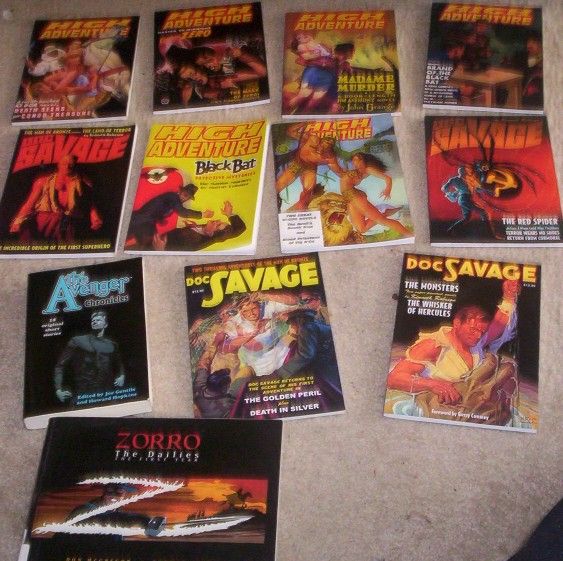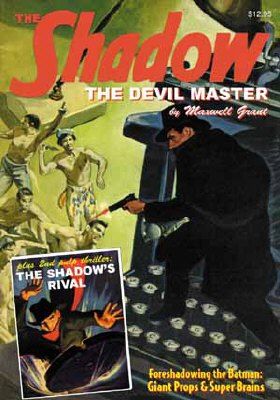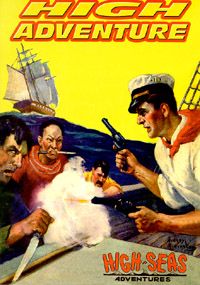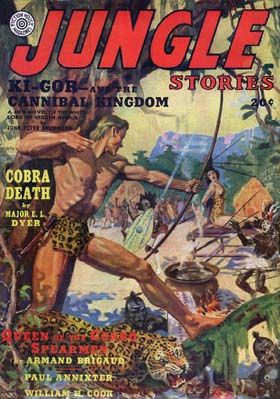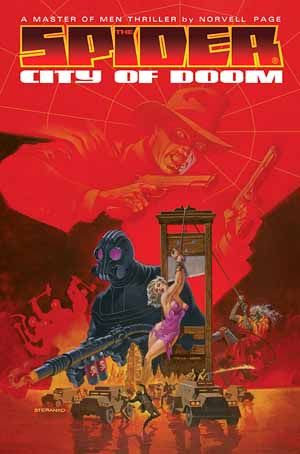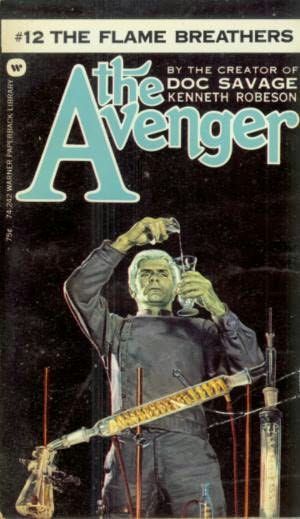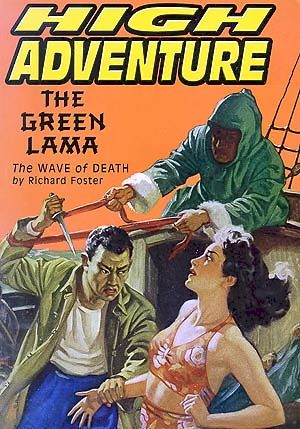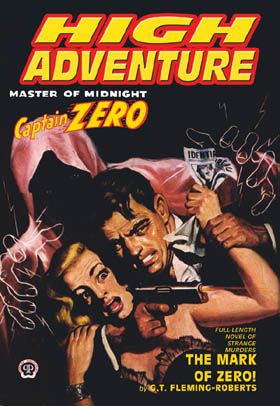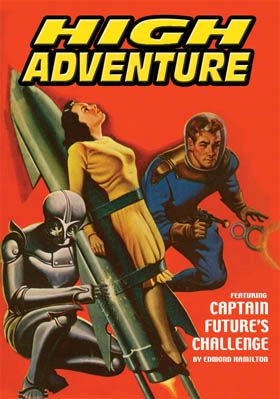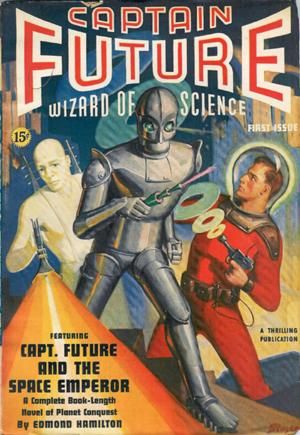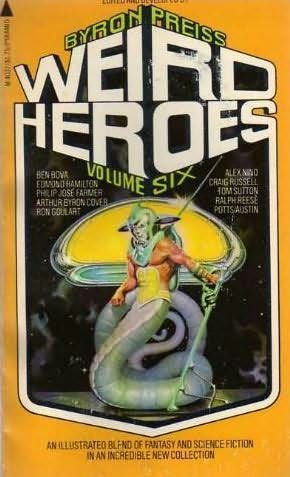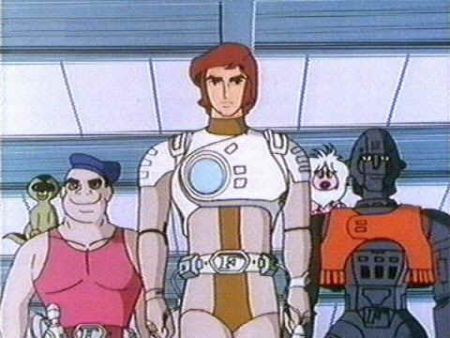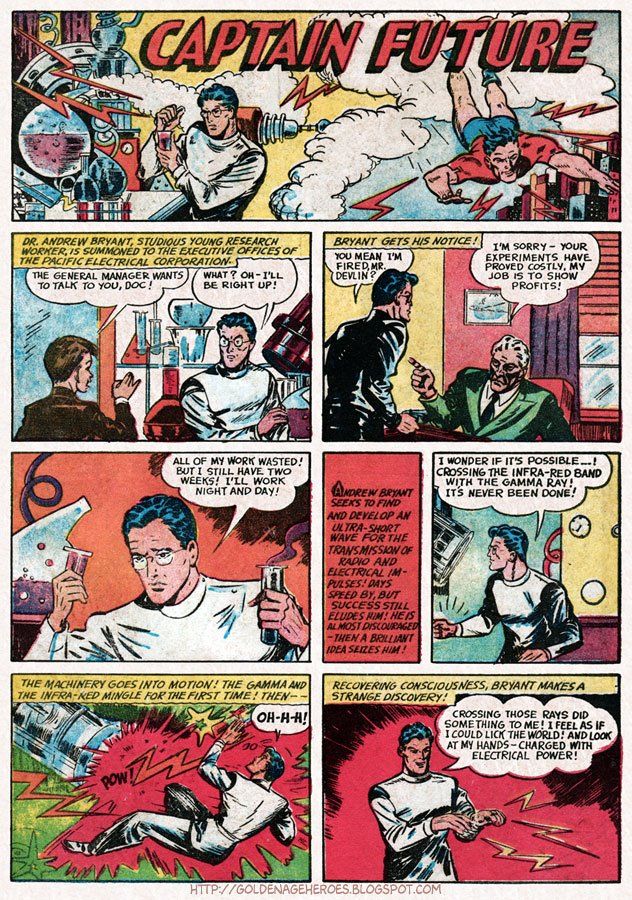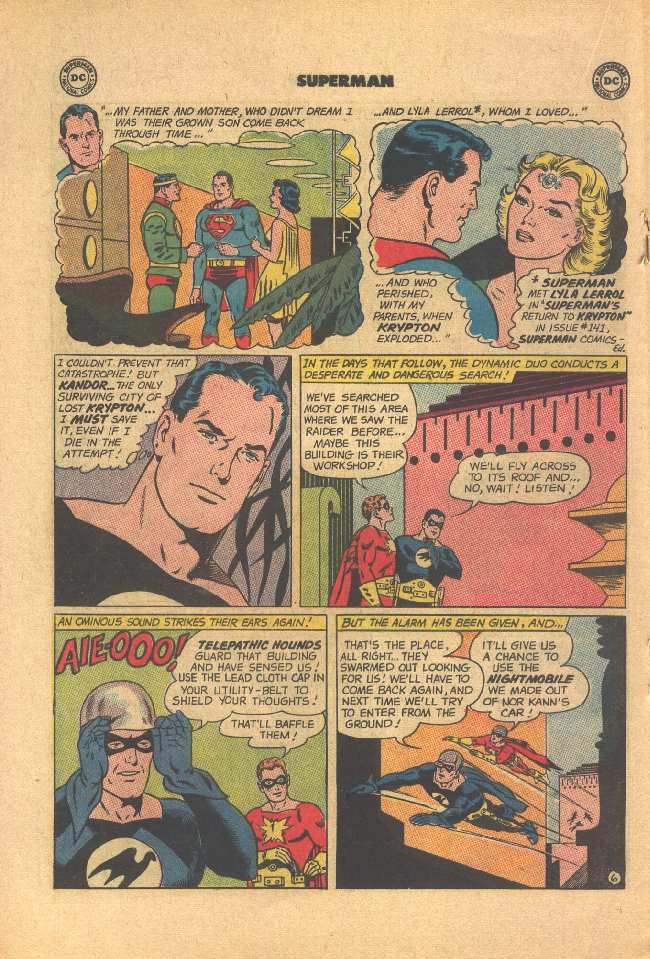And when you are talking about proto-comic books, you're usually talking about the pulps.
I've been getting a lot of pulp reprints lately. Reading Moonstone's The Spider Chronicles collection reminded me how much I really love this stuff and as it happens the wonderful
Adventure House was having a sale, so, well, I'm afraid I went on a bit of a binge.
I've spoken here several times about the joys of Anthony Tollin's excellent series of
facsimile pulp reprints of The Shadow and Doc Savage, so no need to go over all that again.
But there are lots of other terrific pulp reprint publications out there as well. Of those, far and away the one I enjoy the most is John Gunnison's wonderful
High Adventure.
The reason I get such a huge kick out of High Adventure is twofold. First of all, I love its variety. The book doesn't reprint any one particular pulp title. Instead, it rotates through a series of different characters and series so what you get is more of a cross-section of pulps in general. That's perfect for me. I'm not a serious pulp collector, I just like reading them. I really don't need the entire run of, say,
Ki-Gor the Jungle Lord, but I enjoy seeing one every once in a while.
Secondly, precisely because High Adventure is a series with rotating headliners, it tends to focus on the less famous hero pulps, the B-listers. If you, like me, were born too late to ever have had the chance to read the great pulp hero series in the original magazines, nevertheless you could always still get hold of the adventures of the Shadow or Doc Savage, or even the Spider or the Avenger, without too much trouble.
But if you'd read histories of the pulps and were curious about the Green Lama or Ki-Gor or Captain Zero? Unless you could afford crumbling back issues from high-priced collectibles dealers, if you wanted to read those originals you were out of luck.
Until John P. Gunnison and High Adventure came along.
Since I've been wallowing in this stuff so much over the last week and a half or so, I thought it might be fun to talk about some of the B-listers I've been reading about... the various pulp hero series that never really caught on. Quite a few of them, believe it or not, even made the transition from pulps to comics-- or at least, they tried to.
*
A recent addition to the High Adventure rotation pleased me a great deal because, like so many other pulp fans of my generation, I'd only read about Captain Future, but never actually run across any of his adventures myself.
Captain Future was the brainchild of Mort Weisinger, back in 1940, and most of his adventures over the next eleven years would be scripted by the great Edmond Hamilton. The Captain got to headline his own magazine for some of that time, but for the last few years of his run he was relegated to the pages of Startling Stories.
Basically, Captain Future's story begins when super-scientist Roger Newton, his wife Elaine, and his brilliant colleague Simon Wright leave Earth to do research in an isolated laboratory on the moon. Simon's body is dying, so Roger transplants Simon's healthy brain into an artificial floating case. Working together, the two scientists create an intelligent robot called Grag, and a shape-shifting android named Otho. Then criminal scientist Victor Kaslan arrives on the moon and murders the Newtons.
The deaths of the Newtons leave their son, Curtis, to be raised by the unlikely trio of Otho, Grag, and Simon Wright (now referred to as the Living Brain). Thanks to this oddball parenting from two cranky robots and a brain in a jar, Curtis Newton grows up to be a brilliant scientist and a champion athlete. Vowing to help humanity, he takes on the name Captain Future and travels the galaxy righting wrongs.
I'd heard about Captain Future from reading interviews with Edmond Hamilton, beginning with the long one that Byron Preiss ran in Weird Heroes volume 6 back in the seventies.
The stories sounded like enormous fun back then, and though it took me the better part of thirty-five years to get around to actually reading one, I think I'll stand by that. They are a lot of fun.
It's basically Doc Savage in space. Fast-paced galactic adventure with a heroic lead and comedy sidekicks. The robot Grag and the android Otho even bicker like Monk and Ham -- or like C-3P0 and R2D2, if you prefer. (George Lucas can talk in interviews about mythology and the hero's journey as much as he likes, but those of us who actually know about pulps and comics can tell you exactly where Star Wars came from.)
Captain Future, as far as I know, never made it to comics -- but he did score in cartoons.
In 1978 a Japanese firm, Toei Animation, produced fifty-two episodes of Captain Future. I haven't seen them but the word is that it was a surprisingly faithful adaptation of the original pulp premise, though with all-new stories.
Interestingly, in the 1940s there was also a comic called "Captain Future" that ran in Startling Comics, produced by the same outfit that published the pulp magazine Startling Stories -- but all they took was the name. It's not the galaxy-spanning Hamilton hero.
So I don't think that technically counts as making the full transition to comics... though of course the Captain's creators had a huge influence on comics. A lot of concepts originally created for Captain Future found their way into the Weisinger-edited, Hamilton-scripted run on Superman in the 1960s, especially when Superman began to range across all time and space over the course of his adventures.
So even if the galaxy-spanning Captain didn't quite make the leap from the pulps to comic books, nevertheless I think his spirit hangs over much of the Silver Age at DC.
*
Well, this is getting a bit long, so I think we'll come back to it again next week. Join me and Jim Anthony Super-Detective, Captain Zero, the Green Lama, and a couple of other pulp-era B-listers that kind of almost found their way into the comics pages as well. See you then.

